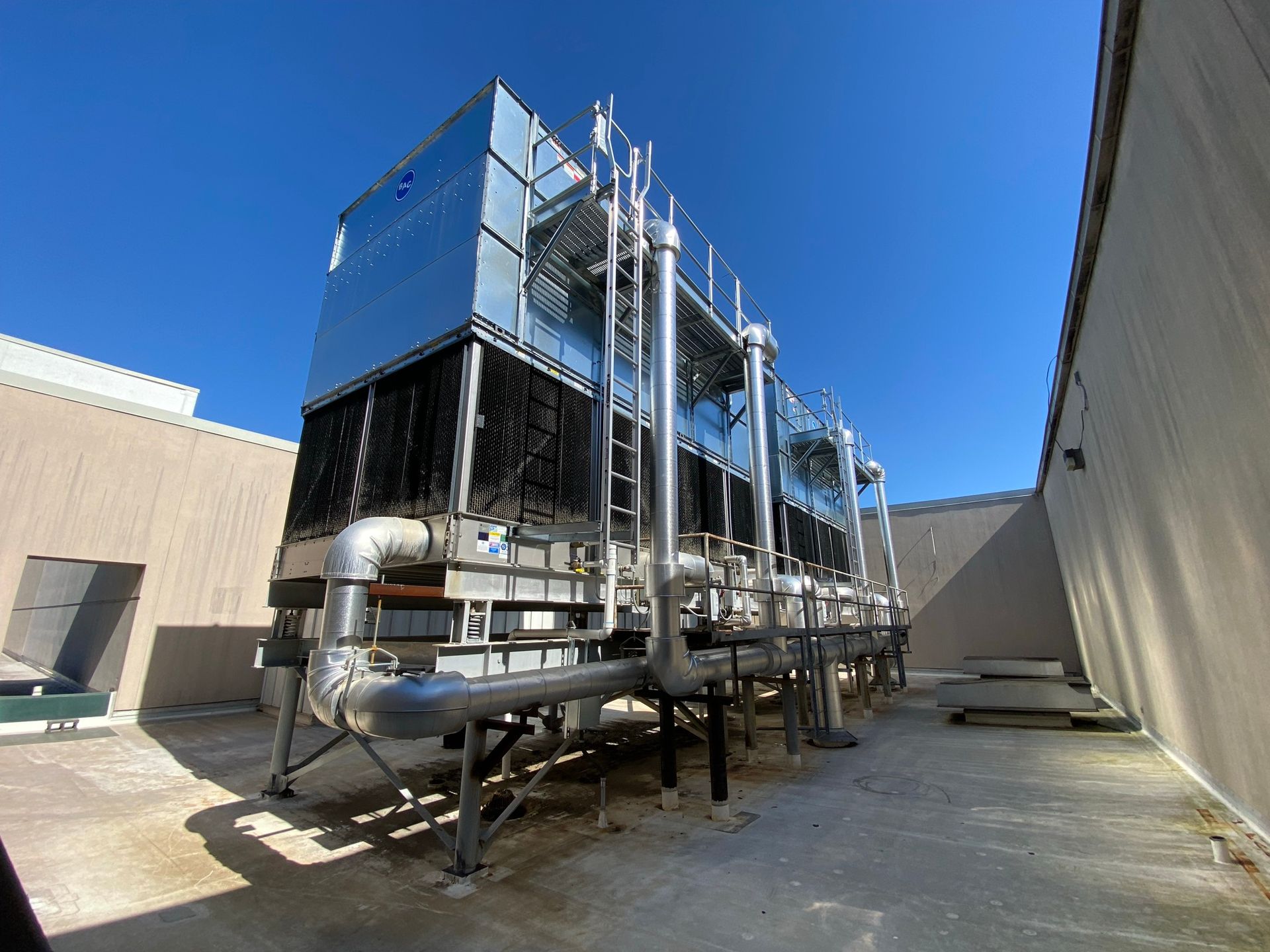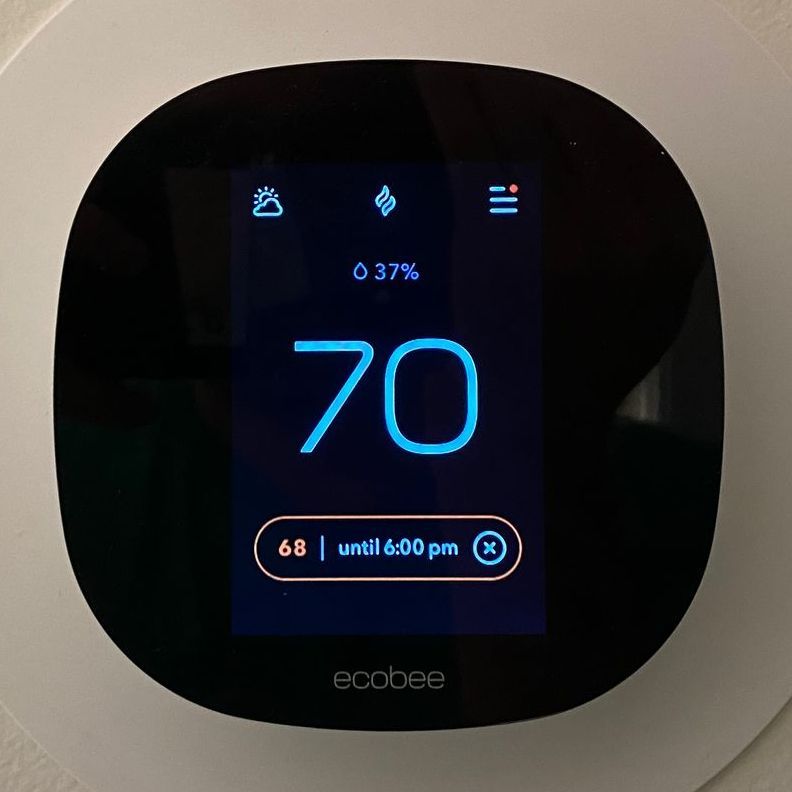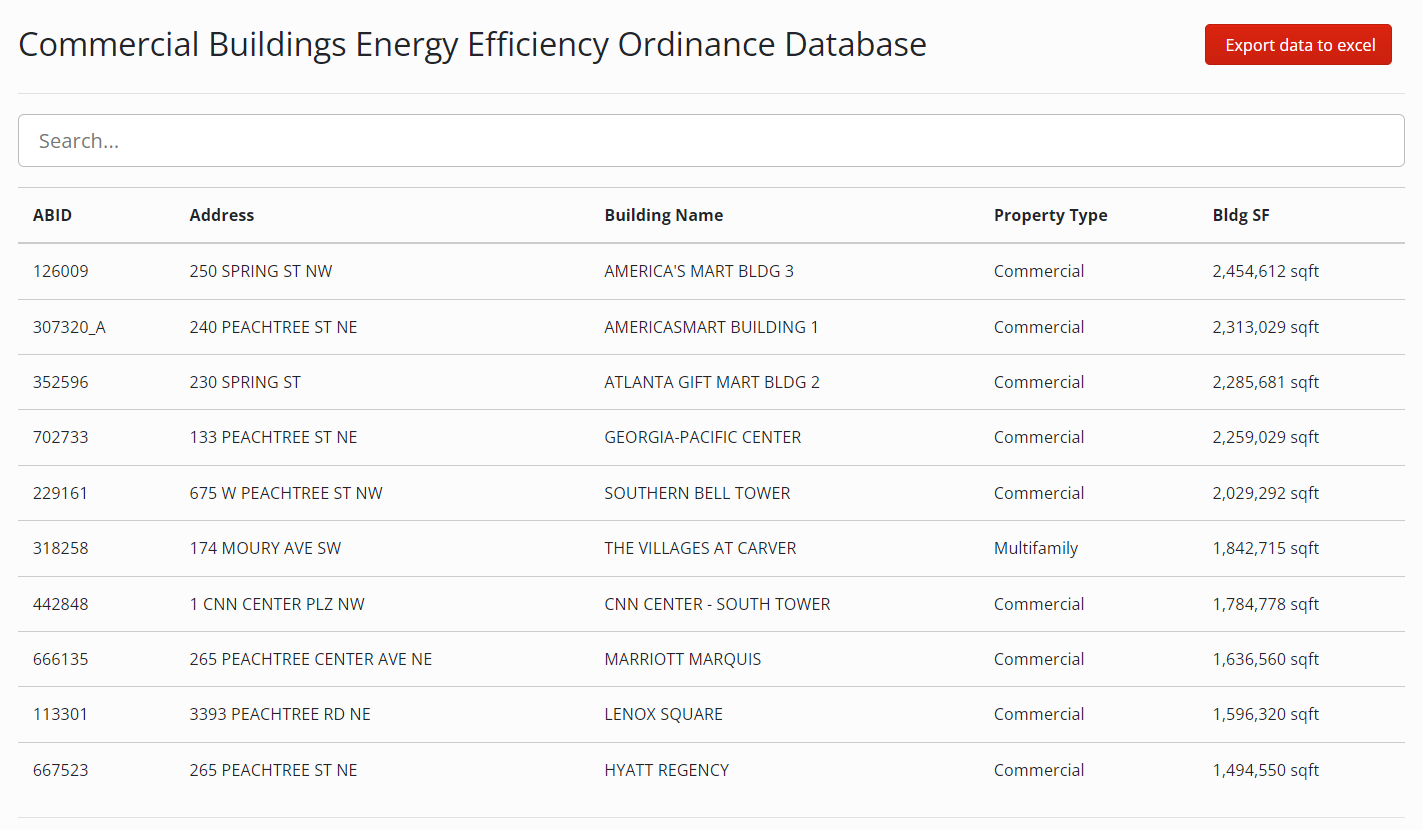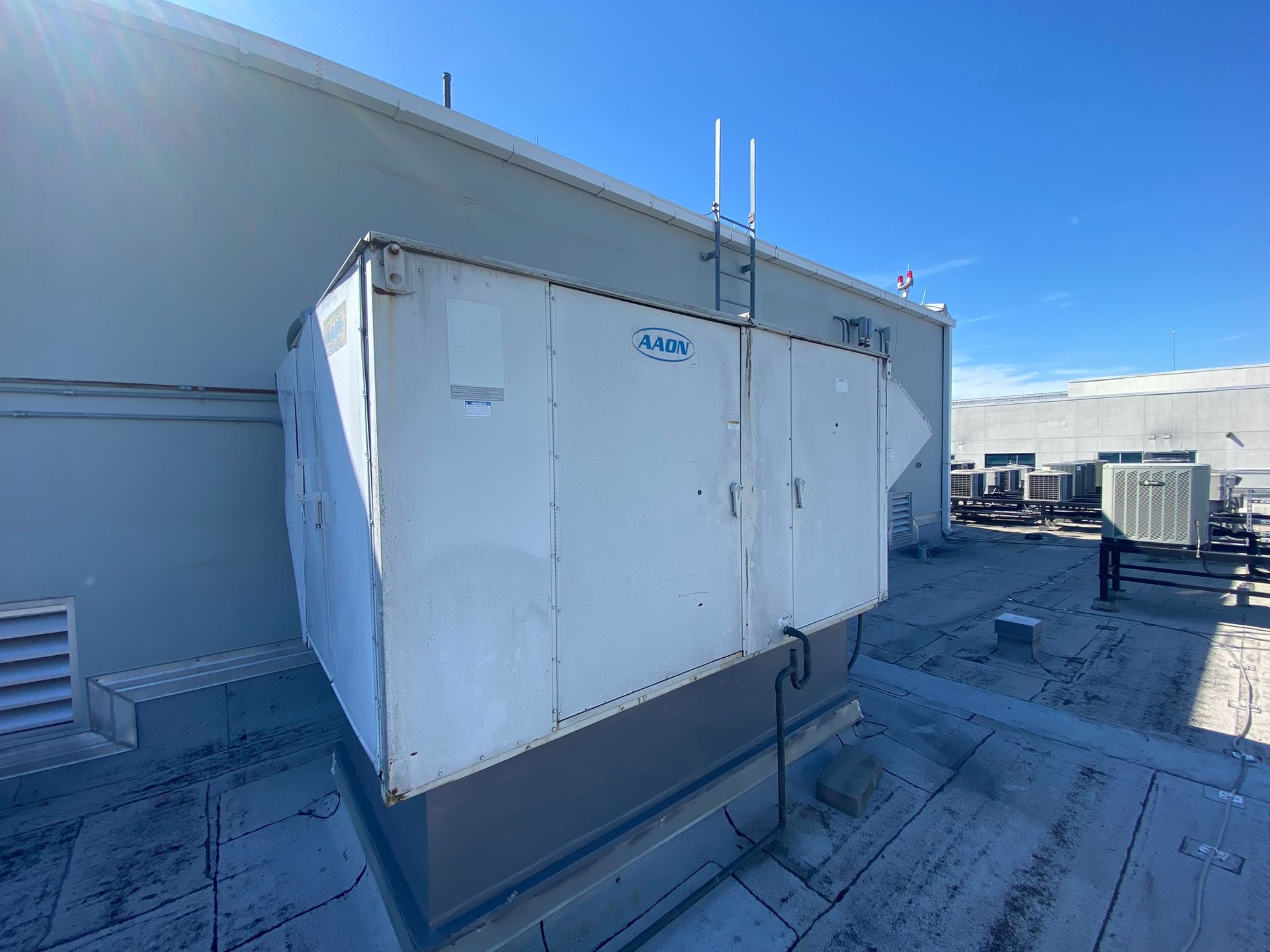Navigating the Atlanta Commercial Building Energy Efficiency Ordinance
A Guide for Savvy Property Managers & Owners

The Atlanta Commercial Building Energy Efficiency Ordinance is making waves, and if you're a building owner, property manager or facility manager, it's time to sit up and take notice. Why, you ask? Well, let me break it down for you.
Unraveling the Atlanta Commercial Building Energy Efficiency Ordinance
What is it?
The Atlanta Commercial Building Energy Efficiency Ordinance (CBEEO) is a set of regulations aimed at enhancing energy performance in commercial buildings (this includes multifamily buildings as well). Introduced to promote sustainability and reduce the environmental impact of our structures, this ordinance places certain responsibilities on building owners to meet specific energy efficiency standards.
Why Should You Care?
Now, you might be wondering, "Why should I care about another piece of bureaucratic jargon?" Well, my friend, caring about this ordinance is caring about your bottom line, the health of your building, and the environment. Let me tell you why:
Cost Savings:
Investing in energy-efficient practices can lead to significant cost savings over time, especially as the cost of natural gas, electricity and water increase every year. Think about it – reduced energy consumption means lower utility bills. A little padding in your annual budget never hurt.
Market Value Boost:
Energy-efficient buildings are in demand, and their market value tends to be higher. Implementing energy-saving measures not only attracts environmentally conscious occupants, but also adds value to your property when it's time to sell or lease.
Compliance Matters:
Ignoring the ordinance isn't an option. Non-compliance can result in fines and penalties. It's better to get ahead of the game, meet the standards, and avoid unnecessary headaches down the road.
What Should You Do About It?
Double Check:
Before we get too far, ensure you need to comply with the CBEEO. Buildings under 25,000 square feet are exempt, as well as properties in financial hardship. A full list of exemptions for benchmarking can be found on our list of and the Exemptions and Extension Request Form. If your building is covered (non-exempt) under the CBEEO, then your building is assigned a Atlanta Building ID (ABID), which can be found on this database, and this GIS map. Reach out to Verdius Energy or the City of Atlanta if you need help!
Engage with Professionals:
Don't go at it alone. Engage with energy efficiency professionals who can guide you through the process. They can help you navigate the intricacies of the ordinance and recommend tailored solutions for your building. Verdius Energy can walk you through the entire process to ensure compliance with the City of Atlanta.
Benchmark:
Start by ensuring your benchmarking is current on Energy Star Portfolio Manager. No idea what I'm talking about? Benchmarking is the process of tracking energy consumption to compare over time and against peer buildings. Energy Star Portfolio Manager (ESPM) is the go-to for benchmarking in North America, and it's free because it is run by the EPA. By updating your building's Energy Star profile with its ABID, ESPM can report all necessary benchmarking information directly to the City of Atlanta for compliance with this part of the ordinance. The City of Atlanta uses this information to track CBEEO program performance.
Benchmarking is a core Verdius Energy service, so don't hesitate to reach out if you'd like some help with this one.
Energy Audits:
Under the ordinance, covered buildings must conduct an energy audit every 10 years. The year of the audit corresponds to the last digit of the ABID, so if you're building's ABID is 123456, your decennial energy audit is due at the end of 2026, 2036, and so on. The energy audit identifies areas where improvements can be made, whether retrofitting HVAC systems, optimizing controls, improving insulation, or upgrading lighting. These recommendations are not compulsory; the point is to have helpful information to make the best business decisions. The City of Atlanta may use recommendations to develop clean energy policies or incentive programs.
Click here to get an energy audit proposal from Verdius Energy.
Also, make sure you review this guide on selecting an energy auditor, no matter who you decide to work with.
Implement Efficiency Measures:
Once you know where improvements are needed, consider prioritizing measures based on financial performance. Verdius Energy reports provide a phased implementation schedule to optimize project performance. In addition, consider bundling projects with other non-energy-related projects already planned or in the pipeline. Georgia Power also offers a set of incentives that may help some projects across the finish line. Of course, you don't have to do any of the projects immediately, or at all.
Keep Up with Maintenance:
Regular maintenance is key to sustaining energy efficiency. Ensure that your building systems are well-maintained and operating at peak efficiency. This not only keeps you compliant but also extends the lifespan of your equipment.
Stay Informed:
The landscape of energy efficiency is ever-evolving. Stay informed about updates to the ordinance, new technologies, and incentive programs that might benefit your building. Being proactive will always be in your best interest.
Wrapping Up:
So, there you have it – a crash course on why the Atlanta Commercial Building Energy Efficiency Ordinance is something you should care about. Embracing energy efficiency isn't just a nod to environmental consciousness; it's a strategic move that can enhance your building's performance, save money, and set your property apart in the market.










